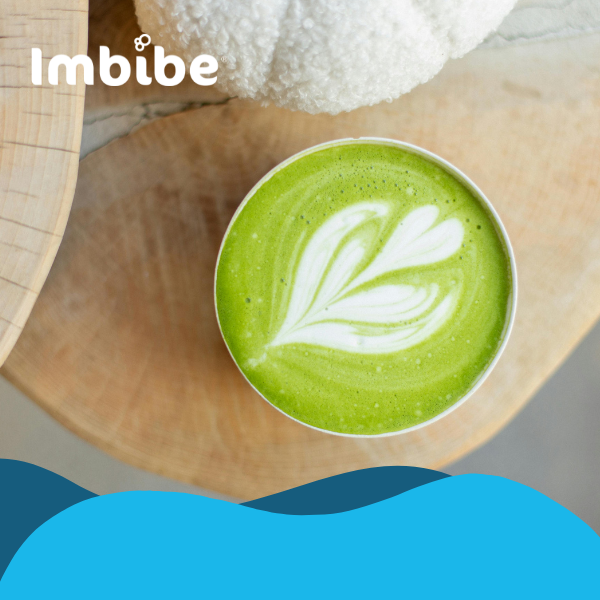Just as the nutritional values of calorically identical foods aren’t equal (if only a bite from a candy bar was the same as that of a carrot), neither are all protein sources. In fact, because of the difference in quality of protein, two nutrition panels that have the same number of grams of protein could yield a different % daily value. The quality (and digestibility) of protein is measured by the protein digestibility-corrected amino acid score (or PDCAAS). Some examples of the highest quality sources that have a PDCAAS of 1 (the highest value) are cow’s milk, eggs, and soy protein. Compare the two nutrition facts panels below:


The recommended daily intake are both based on a 2000 calorie diet and 50g of protein. The nutrition facts panel on the left uses protein with a PDCAAS of 1, which we can see in the %DV. (30g is 60% of 50g, the RDV of protein). If the nutrition facts panel on the right used an ingredient that had a PDCAAS of 1 as its protein source, the %DV for 20g of protein would be 40%, instead of 33%. Because the DV is lower than 40%, we know the source has a PDCAAS of lower than 1. The product on the right uses pea protein, hemp protein and pumpkin seed protein as its main protein sources.
A consumer is likely not going to be doing this calculation, and they probably won’t even change their behavior based on the %DV. The protein source (and %DV) will, however, impact the claims that brand owners can make (excellent, high, good source, etc.) and that’s something consumers are definitely taking note of.
Still curious about protein? Check out our video with tips for developing protein beverages!



